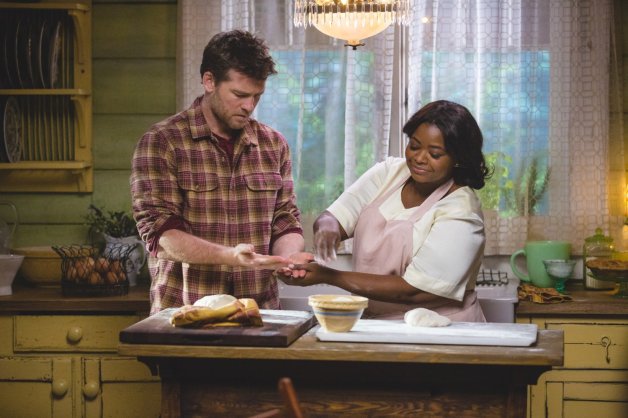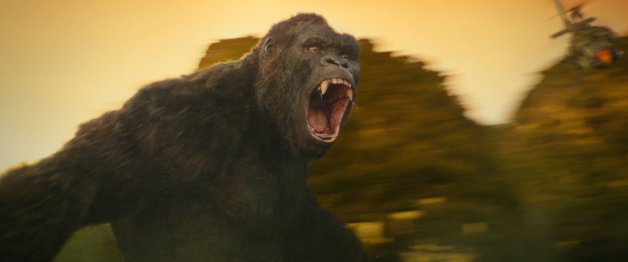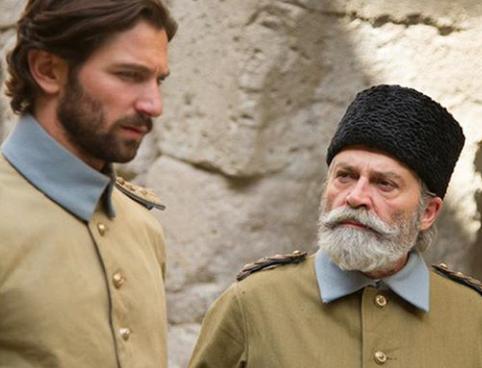
BY ROGER THOMAS
It has been several years since I was first introduced to the novel “The Shack.” I cannot remember whether someone just recommended the book or gave me a copy. I remember starting the novel. I liked the way the author, William P. Young, put certain ideas into his characters’ minds. Those ideas often echoed with my own thoughts. Not necessarily the theological parts, but just simple ideas that the characters would say or think. I found the book comfortable, at least the part I read. For some reason, another book, or busy-ness, helping my children with their homework, or whatever, I stopped reading “The Shack” and I never returned to it.
This past week, as I watched the film based on the novel, I understood why so many people see the book as very religious. I can also see why some people would struggle with the theology presented. My guess is that the “Trinity” in this story is not how some want them to appear. I also think there are some who will find too little attention on sin, punishment and justice.
On the other hand, I could see how many Christian believers, and perhaps those of other faiths, would find the theology intriguing, compelling, and even insightful. The way William Young and the filmmakers depict the Trinity is very positive and comfortable, most of the time.
As for the film, parts are stronger than others. There is a scene in a cave two thirds into the film when the protagonist, Sam Worthington as Mack Phillips, meets Wisdom and he is challenged about forgiveness. That is the most powerful scene in the film.
There are many spectacles created by special effects throughout the film. I found most of those to be more distractive than enhancing. Maybe some needed the magic, but again, for me, the conversations, like the one with Wisdom, were much more impressive than anything used to create a magical, or should I say, miraculous environment.
The reason that Mack ends up in the woods alone is a powerful tragedy that has consumed his life. Most of us, praise God, will never live such a tragedy. The way the film deals with those moments for the most part work well. I did have one reservation about Mack’s teenager daughter. This girl does not experience what Mack does. She has not been given sage advice from the ones that her father encounters in the woods and yet she is somewhat transformed. I know the film needed a happy ending, but I found the teenage girl and her brother to a lesser degree to be weak characters.
On the other hand, I found the fact that the wife became the strength of the family after the tragedy was a very positive element in the story. I have said many times that growing up I thought my dad was strong and tough, but as I became a teenager and a young adult I realized that my mother was the strongest person in our family. I am pretty sure my dad knew it too.
So here is what I know. The set-up of the film, the tragedy works well enough. The performances of most of the actors are fine. The film has some well-crafted moments, and some that should have been cut. Ultimately though, the best moments in the film are the conversations between Mack and the three people who meets in the woods and the woman in the cave. I assume that most of those ideas and the dialogue was lifted from the book that I never finished reading. Those moments touched me and left me with good memories. I also feel resolved to finish the novel.
One final thought, toward the end, I was moved emotionally. Yes, I cried. Of course I cry at a lot of movies. But again, emotion aside, the most touching and profound moment is when Mack and the audience are learning about “Forgiveness.”
Roger Thomas is a member of the North Carolina Film Critics Association. He reviews films for The Stanly News & Press.


